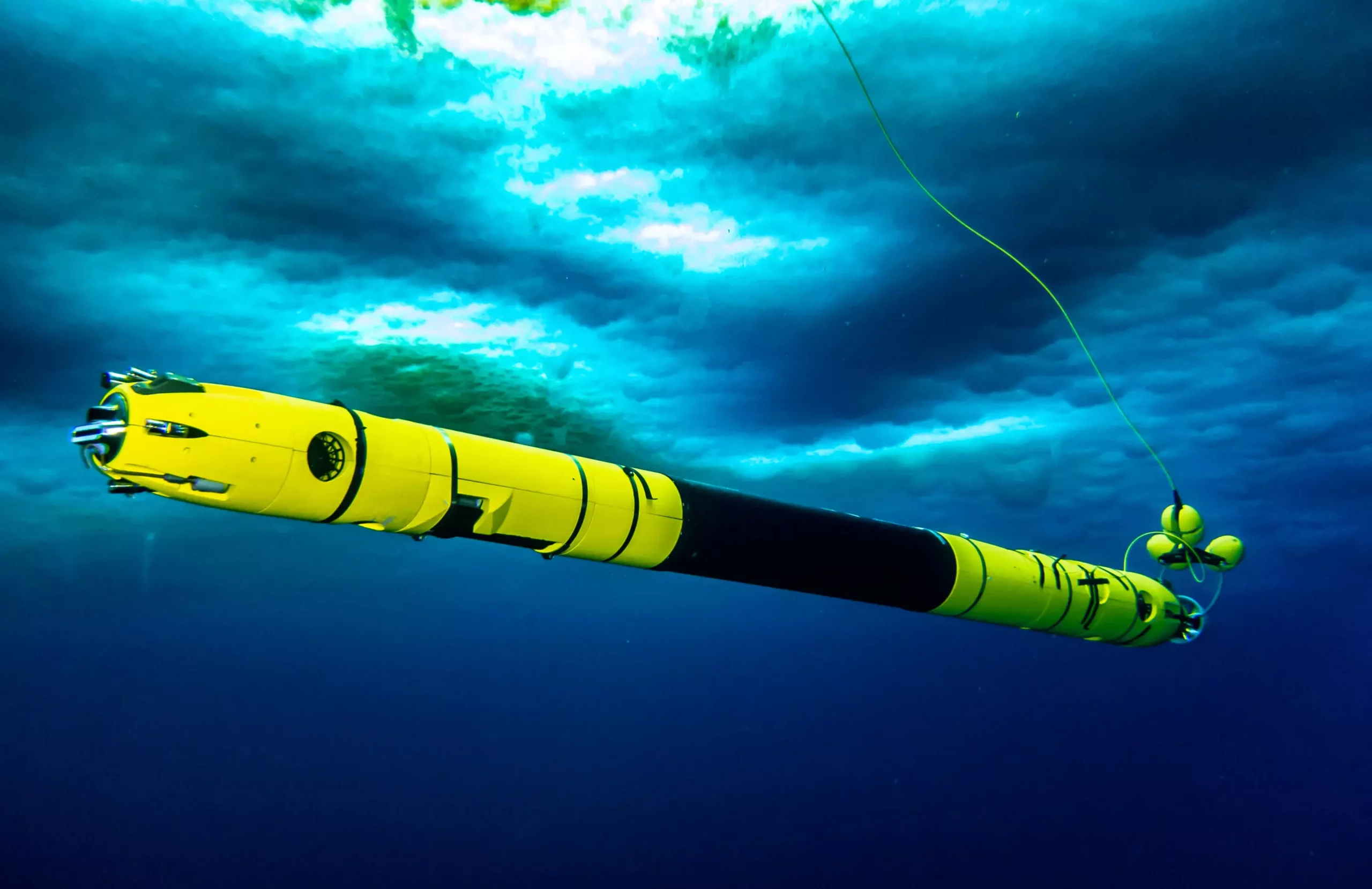Crevasses, commonly seen as cracks in the ice, are not just passive formations but rather active players in the circulation of seawater beneath the Antarctic ice shelves. Recent research conducted by Cornell University, using a state-of-the-art underwater robot named Icefin, has shed new light on the importance of crevasses in influencing the stability of these vast ice shelves. By venturing into a crevasse at the base of the Ross Ice Shelf, the Icefin robot has provided groundbreaking 3D measurements of ocean conditions, particularly at the grounding zone where the ice shelf meets the coastline. These findings have the potential to significantly enhance our understanding of ice shelf melting, freezing rates, and their contributions to global sea-level rise.
During a series of dives in late 2019, the Icefin robot, measuring approximately 12 feet in length and less than 10 inches in diameter, descended into a 1,900-foot borehole drilled with hot water near the junction of Antarctica’s largest ice shelf and the Kamb Ice Stream. The grounding zones, like this one, are vital in maintaining the balance of ice sheets and are particularly sensitive to changing ocean conditions. On its final dive, guided expertly by Matthew Meister, a senior research engineer, the Icefin successfully maneuvered into one of the five crevasses found near the borehole. Equipped with advanced thrusters, cameras, sonar, and various sensors, Icefin meticulously documented the changing ice patterns within the crevasse.
The survey conducted by Icefin revealed a remarkable circulation pattern previously unknown to scientists – a powerful jet that funnels water sideways through the crevasse. Additionally, the robot’s sensors detected rising and sinking currents, as well as different ice formations shaped by the interplay of shifting flows and temperatures. These newfound details will revolutionize the modeling of ice shelf melting and freezing rates, especially in grounding zones where direct observations are scarce. Through crevasses, the ocean takes advantage of unique features, enabling the ventilation of the ice shelf cavity. Peter Washam, the lead author of the study and a polar oceanographer at Cornell University, emphasized that models had not predicted the extent and significance of water movement along ice shelves facilitated by crevasses.
The diverse features observed within the crevasse during the Icefin’s exploration provided invaluable insights into the complex relationship between ocean temperature, freezing, and circulation. As the crevasse narrowed, the researchers documented a transition from scalloped indentations to vertical runnels, followed by the presence of green-tinted marine ice and stalactites. Melting at the base of the crevasse, combined with salt rejection during freezing near the top, induced movement of water up and down around the horizontal jet. Consequently, uneven melting and freezing occurred on the two adjacent walls of the crevasse, with greater melting observed along the lower downstream wall. Washam described the multitude of features within the crevasse and the diverse changes in circulation as surprising.
The study’s findings underscore the potential of crevasses to facilitate the transport of changing ocean conditions, including warmer or colder water, through the most vulnerable regions of an ice shelf. When water temperatures fluctuate, it can vigorously move within the back of the ice shelf, with crevasses serving as conduits for this dynamic process. The research team believes that this newfound understanding of crevasse dynamics will enhance our ability to predict the impact of changing ocean temperatures on ice shelves and their contribution to rising sea levels.
Through innovative underwater exploration, scientists have uncovered the hidden role of crevasses in the circulation of seawater beneath Antarctic ice shelves. The Icefin robot’s pioneering journey into a crevasse in the Ross Ice Shelf has provided valuable data on ocean conditions near the grounding zone, improving our knowledge of ice shelf melting and freezing rates. These findings have significant implications for our understanding of climate change and its impact on global sea levels. By continuing to explore and analyze the intricate dynamics of crevasses, we can unlock further pieces of the complex puzzle that is the Antarctic ice sheet.


Leave a Reply